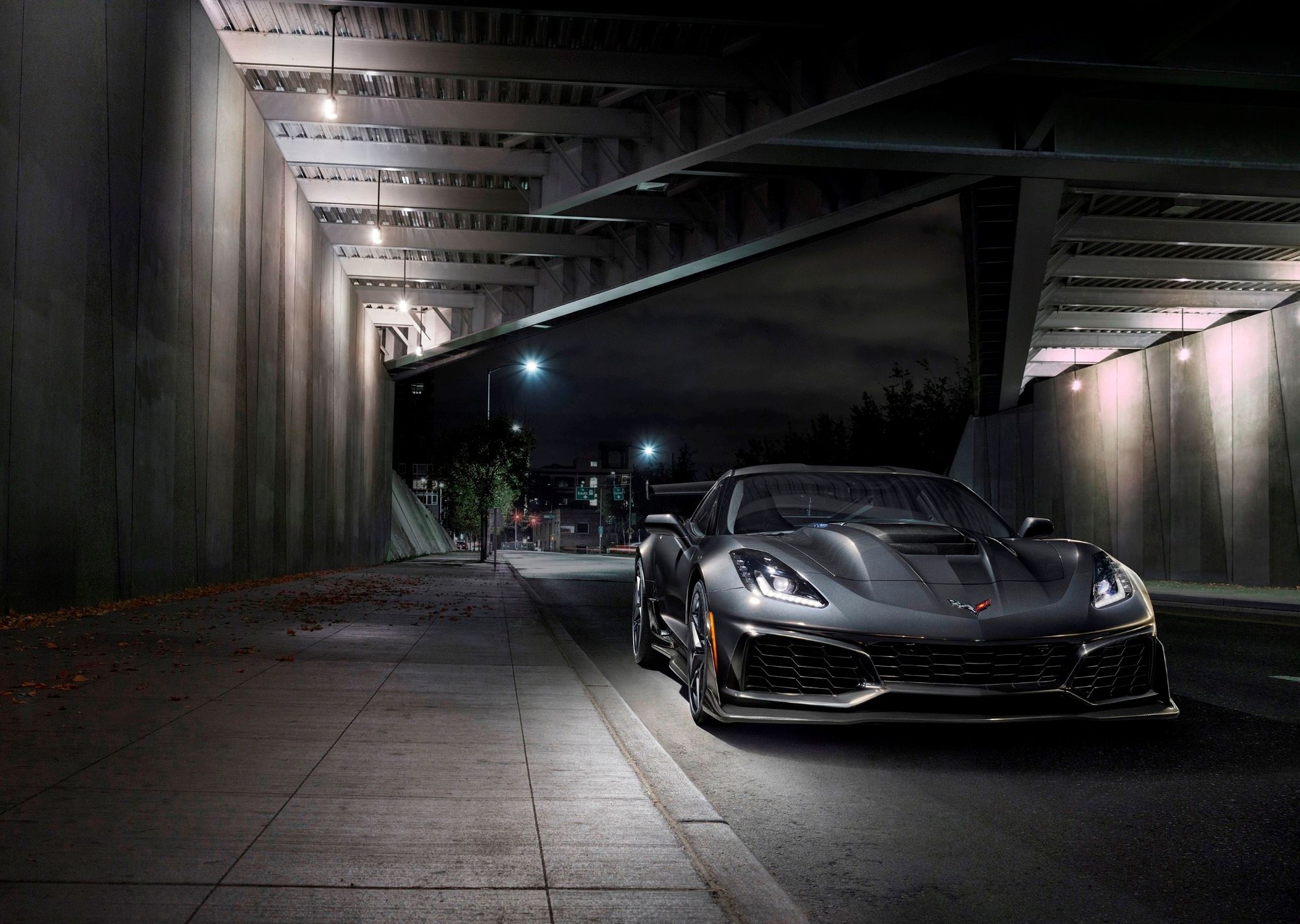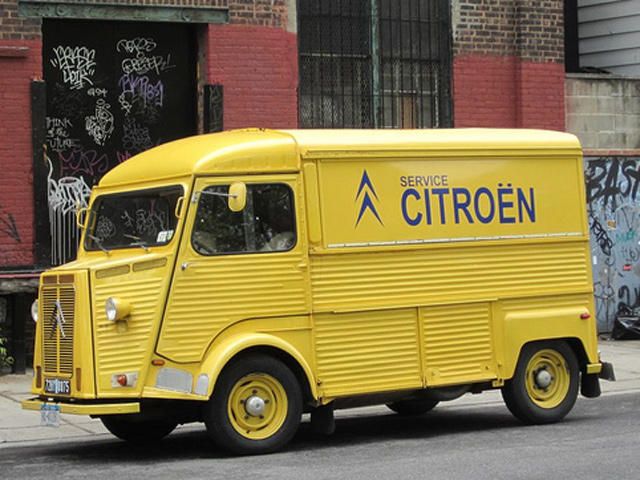
Let's be very clear about this before we go any further, the Citroen H Van was awesome. This is one of those vehicles which was a fairly insane idea but which Citroen completely pulled off. Citroen used to be quite good at this, and like many of its other vehicles, the H Van was as innovative as it was weird-looking. This innovation made for a highly practical vehicle, and this cheap (if awkwardly styled) method of moving goods was instrumental in helping France recover from World War II.
The H Van first debuted in 1947, and like many other vehicles to have come out of Europe at the time, it would have debuted much sooner were it not for the Second World War. The chief motivation behind the H Van was the desire to make a front-wheel-drive van, with Citroen having made some significant contributions to FWD with the Traction Avant in the Thirties. The reason for wanting FWD was really quite simple. It allowed Citroen to design the passenger compartment and cargo area without having to be concerned about the driveshaft. This made for not only a spacious cargo area, but also one which was much lower.
This meant the floor of the cargo area was only just a bit higher than the curb, which made for much easier loading and unloading. This was the world's first FWD van, something nobody knew they wanted, and yet was a success. The corrugated steel sides of the van weren't a brand new technology, but this was their first automotive application. Citroen drew inspiration for these from the Junkers monoplanes of the Twenties and Thirties. The corrugation gave the steel extra strength without adding much in the way of weight or expense. This was a necessity, as the van's design allowed for much larger side panels.
There was also a danger that regular steel would have either buckled or would have needed to be so much thicker that it would have been prohibitively heavy. The van's four-cylinder engine produced just 50 hp, so trimming weight was important. Citroen took further inspiration from the Junkers planes, as evidenced by the van's styling cues. The result of all of this airplane inspiration is a design which is wonderfully imposing. Fans of French horror films might recognize the H Van from its supporting role in 2003's fantastically gory "Haute Tension" (High Tension), where the van's severe looks were used to add to the film's sense of dread.
But even though nobody had particularly asked for a scary-looking FWD van, they immediately realized that it was a good thing to have. Citroen would end up selling 473,289 units of the H Van before it was finally discontinued in 1981. That's a pretty decent number for a delivery van, but it's even better when you consider that the van was really only sold in France, Belgium and the Netherlands. There wasn't even a right-hand-drive version for the UK, normally a big market for French cars. Citroen was to European hippies what Volkswagen was to American hippies, and the H Van would also take on a similar role to that of the VW Microbus.
There were even some ambulance versions of the H Van built with the hydraulic suspension system out of the DS, which allowed for a smooth ride to the hospital. All told, the mix of innovation and simplicity made for a truly superb vehicle in the H Van, and with some wacky styling thrown in as a bonus, it would become the most iconic French van of all time, rivaled only by the Microbus for the pan-European title. Quite a few are still on the road today, although you probably won't be able find a lot of them if you live outside of Europe.

